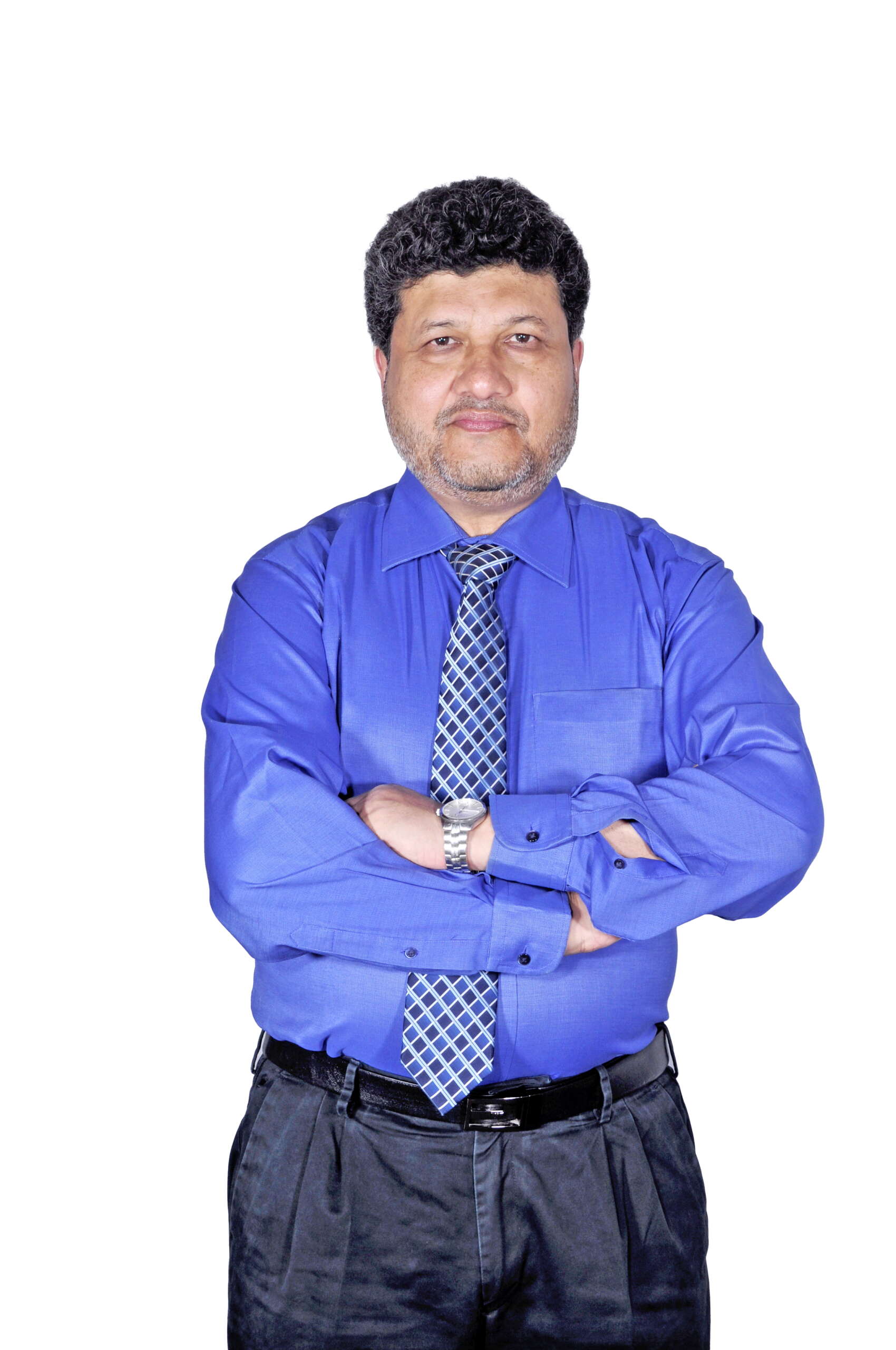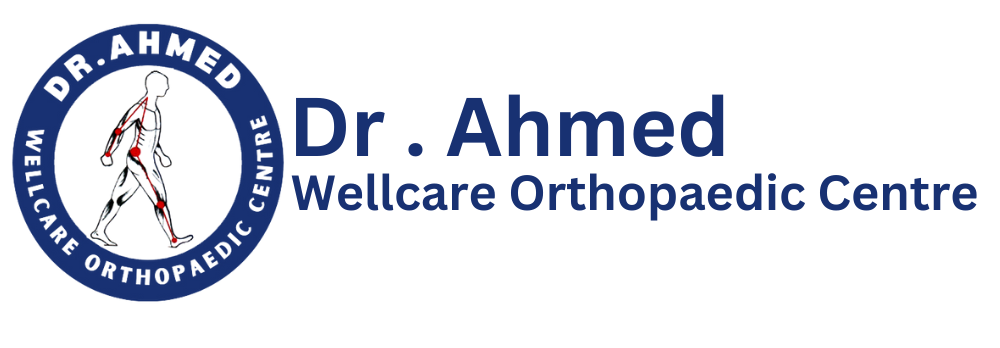A slipped disc, medically known as a herniated disc, occurs when the soft cushion of tissue between the vertebrae in the spine protrudes out, resulting in discomfort and pain. These flexible and supportive discs are vital for spinal stability and mobility, especially during activities like lifting, twisting, or bending. However, factors such as excessive strain, injuries, or the natural aging process can lead to a slipped disc. This condition often manifests in the lower back and ranks among the primary causes of back pain in adults.
While a slipped disc can be quite painful, it typically resolves with medication or may necessitate physical therapy for recovery. Additionally, it’s possible to reduce the risk of disc herniation and back pain through simple lifestyle adjustments.
Gaining Deeper Insights into Spinal Discs and the Underlying Factors Behind Slipped Discs.
Spinal discs, situated between the vertebrae, the small bones forming the backbone, play a pivotal role in spinal health. These discs serve as essential shock absorbers, providing cushioning between vertebrae, facilitating flexibility, and dampening stress within the spine. Each spinal disc consists of a durable, fibrous outer ring encasing a soft, gel-like inner core. In the event of a disc rupture, this inner material can herniate or protrude between the vertebrae, potentially exerting pressure on and irritating nearby nerves, which can lead to substantial discomfort.
The gradual degeneration of spinal discs, a natural consequence of the aging process, stands as the predominant factor behind slipped discs in most individuals. Nevertheless, it’s worth noting that slipped discs can also stem from traumatic injuries or accidents that inflict damage upon a spinal disc.
A disc rupture may manifest in various regions along the spine, but it most commonly affects the lumbar and cervical regions, which correspond to the lower back and neck, respectively. The precise location of the slipped disc dictates the symptoms, potentially leading to pain in the back, neck, leg, or arm. Furthermore, these symptoms may coincide with sensations of weakness and numbness.
Symptoms of Slipped Discs:
In cases where a slipped disc isn’t exerting pressure on the nerves, it may be asymptomatic. However, when nerve compression occurs, patients may experience the following symptoms:
- Depending on the location of the slipped disc, individuals may endure lower back or neck pain.
- A slipped disc in the lower back can lead to discomfort in the hips, buttocks, or legs.
- Meanwhile, a slipped disc in the neck can trigger pain in the shoulder and arm.
- Some individuals may report a persistent, dull ache on one side of their body.
- Difficulty in bending or straightening the back may be encountered.
- Patients may also notice muscle weakness, reducing their capacity to lift, hold objects, or walk with ease.
- Numbness or a tingling sensation may occur in various areas, including the shoulders, arms, hands, back, legs, or feet.
- Activities such as coughing and sneezing can induce sharp or burning pain that radiates into the arm or leg, sometimes resulting in sudden episodes of pain.
Determining if Back Pain is Linked to a Slipped Disc:
Identifying the source of back pain, particularly when a slipped disc is suspected, involves paying close attention to certain key indicators. Here are some signs to be mindful of:
Localized Discomfort: If you experience persistent pain in the lower back or neck region, it may be indicative of a slipped disc in that area.
Radiating Pain: A slipped disc can cause pain to travel down the hips, buttocks, legs, shoulders, or arms, depending on its location.
Numbness and Tingling: Sensations of numbness or tingling in the extremities, such as the arms, hands, legs, or feet, could signal nerve compression by a slipped disc.
Weakness: Muscle weakness, which might affect your ability to lift objects or walk normally, can be a telling sign.
Worsening Pain with Movement: Pain that intensifies when bending, straightening, or during actions like coughing and sneezing may be linked to a slipped disc.
Factors That Heighten the Risk of Slipped Discs
Understanding the risk factors associated with slipped discs is instrumental in preventive care and early intervention. Let’s now explore some critical factors:
- Aging: Advancing age is a primary risk factor, as the wear and tear on spinal discs tend to increase over time.
- Lifestyle Choices: Sedentary habits, poor posture, and lifting heavy objects improperly can contribute to the development of slipped discs.
- Genetics: A family history of spinal conditions may heighten your susceptibility to slipped discs.
- Occupational Hazards: Professions that involve repetitive heavy lifting, twisting, or physical strain place individuals at greater risk.
- Excess Body Weight: Carrying excess weight places added stress on the spine, making it more vulnerable to disc issues.
- Smoking: Smoking can impair blood flow to spinal discs, potentially accelerating their degeneration.
- Trauma and Injury: Accidents and injuries, such as falls or vehicle collisions, can lead to sudden disc herniation.
By recognizing these risk factors and taking proactive measures, one can reduce the likelihood of slipped discs and better protect their spinal health.
Assessing a Slipped Disc:
It’s crucial to eliminate alternative sources of pain, such as fractures, infections, or tumors. Typically, the diagnosis of a slipped disc hinges on symptoms and a thorough physical examination. In addition, a neurological assessment may be conducted to evaluate muscle strength, reflexes, and sensory responses. Further diagnostic measures may encompass imaging procedures, such as Computed Tomography (CT) and Magnetic Resonance Imaging (MRI) scans, enabling precise determination of the slipped disc’s size and location, along with its impact on adjacent nerves.
Managing a Slipped Disc:
When it comes to addressing a slipped disc, there are several avenues for treatment and care:
- Conservative Measures: In many cases, non-surgical approaches are the initial course of action. This can include rest, physical therapy, and medications to manage pain and inflammation.
- Epidural Injections: Some patients may benefit from epidural steroid injections, which can help alleviate pain and reduce inflammation around the affected nerve.
- Surgery: When conservative methods don’t provide relief, surgical intervention may be considered. Procedures such as discectomy aim to remove the protruding disc material and alleviate pressure on the nerves.
- Rehabilitation: Following treatment, rehabilitation plays a vital role in recovery. Physical therapy can help restore strength and flexibility, enabling patients to regain their mobility.
- Lifestyle Adjustments: Lifestyle modifications, including proper ergonomics and posture, weight management, and exercises to strengthen the core, can help prevent future issues.
Conclusion:
In conclusion, comprehending the factors, symptoms, and diagnostic procedures related to slipped discs is of paramount importance in the realm of spinal health management. Early recognition and the application of appropriate treatments are pivotal in alleviating discomfort and mitigating the risk of further complications. Fostering a proactive approach to spinal health and integrating healthy lifestyle choices can significantly diminish the likelihood of experiencing slipped discs and bolster your overall well-being. Given that slipped discs often result from cumulative effects of improper postures and lifting techniques, understanding how daily activities impact the spine becomes essential.
Maintaining a healthy weight, cultivating good posture, engaging in regular exercise, and incorporating stretching routines can be instrumental in preventing slipped discs. Remarkably, for the vast majority (approximately 90%) of individuals with a slipped disc, recovery and a return to normal activities can be achieved without resorting to surgical interventions. The lower back pain associated with this condition can be effectively managed through a dedicated exercise regimen designed to strengthen and fortify the back.
SOME FAQS !!
Q. What causes a slipped disc in the spine?
Answer. A slipped disc typically arises from the degeneration of spinal discs due to factors such as aging, injury, or poor lifestyle management. These discs, acting as shock absorbers, can rupture and press on nearby nerves, causing discomfort.
Q. What are the common symptoms of a slipped disc?
Answer. Symptoms often include localized pain in the back or neck, radiating discomfort into the limbs, numbness, weakness, and potential pain exacerbation during movements like coughing or sneezing.
Q. How is a slipped disc diagnosed?
Answer. Diagnosis typically involves a medical history review, and physical examination, and may require imaging tests like MRI scans. Neurological examinations are also performed to assess nerve function.
Q. What treatment options are available for slipped discs?
Answer. Treatment options vary, including conservative measures like rest, physical therapy, medications, epidural injections, and, in severe cases, surgical procedures like discectomy.
Q. Can lifestyle changes help prevent slipped discs?
Answer. Yes, lifestyle adjustments play a crucial role in prevention. Maintaining a healthy weight, practicing good posture, regular exercise, and stretching routines can significantly reduce the risk of slipped discs.
Q. Are surgical treatments always necessary for slipped discs?
Answer. No, the majority of individuals with a slipped disc (approximately 90%) recover without surgery. Non-surgical approaches are often effective in managing the condition, coupled with rehabilitation and lifestyle modifications.
Note: All images used in this blog credits belong to their respective owners














